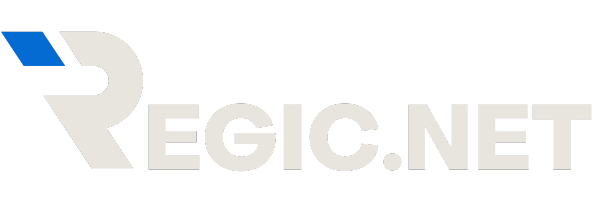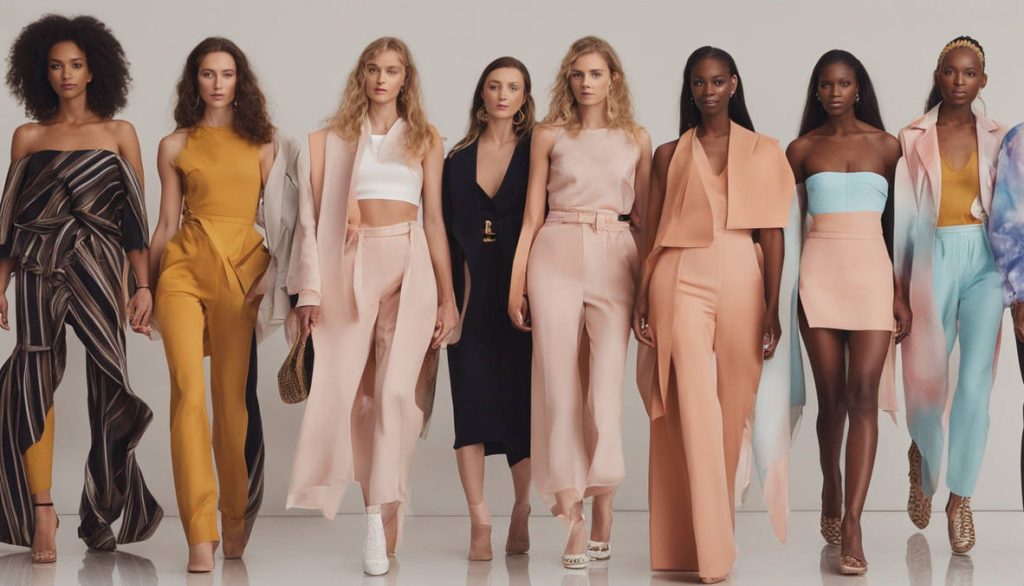Mylar bags are a popular choice for packaging due to their durability. Flexibility, and excellent barrier properties. These packs protect contents from moisture, oxygen, and light, making them ideal for food. Pharmaceuticals, electronics, and more.,the printing process on polyester requires specific materials to ensure high-quality, long-lasting designs.M ake from specialized inks to protective coatings and lamination layers. However, each component plays a crucial role in increasing the pouch’s functionality and appearance. Understanding Custom Logo Mylar Bags the materials used in plastic pack printing helps businesses and consumers. Choose the best options for their packaging needs, so, ensuring both aesthetic
Design The Mylar Bag
Foundation Material: BoPET (Biaxially Oriented PolyethyleneTerephthalate). Additionally, the number one cloth in Mylar holds. So, is BoPET, a sort of polyester movie regarded for its excessive tensile energy, chemical stability, and brilliant barrier houses. Packaging this film is created by way of stretching polyethylene terephthalate (PET) in instructions.
- Moisture and gasoline resistance to keep merchandise sparkling.
- Tear and puncture resistance for introduced durability.
- High-temperature tolerance, making it appropriate for numerous carport situations.
- A clean floor is ideal for printing to, moreover, vibrant designs, and branding factors.
“Good packaging design will highlight the reason a person should purchase the product.”
Let the choice of ink and coatings play a crucial role in Mylar bag printing. Including these substances need to adhere well to the surface. Withstand smudging, and preserve shade vibrancy over the years.
Solvent Mylar bag Based Inks
Used for tremendous, lengthy-lasting prints. Resistant to moisture, oils, and chemical compounds.Provides rich, colorful colors that do not fade effortlessly. Water-Based Inks, a green opportunity with fewer risky organic compounds (VOCs). Ideal for meals-secure packaging because of its non-toxic nature. Offers precise adhesion and print clarity, UV-Curable Inks.
Cured instantly, and therefore, are underneath ultraviolet (UV) mild for quick drying. However, to highly durable and proof against scratching and fading. Suitable for complicated designs with high precision. Metallic and Specialty Inks include gold, silver, and holographic inks for top-rate packaging. Boosts visual enchantment and branding effect. Used in ma mixture with other printing strategies for particular consequences.
Lamination Films and Layers
To beautify the houses of Mylar bag carry-on, extra layers and lamination films are applied throughout the manufacturing system. Moreover, these layers contribute to strength. Flexibility, and safety against environmental elements.
- Polyethylene (PE) Layer
- Increase warmness-sealing properties.
- Sharing flexibility to prevent cracking or splitting.
- Often used as an inner lining for food-grade safety.
- Aluminum Foil Layer
- But, also acts as an extra barrier against oxygen, mild, and moisture.
Commonly used for packaging coffee, therefore, are nacks, and prescription drugs. Helps amplify product shelf existence by minimizing additional, exposure to outside elements. Polypropylene (PP) Layer, increases the bag’s rigidity and resistance to tearing. Let, for published layers that require more durability.
Adhesives and Sealants
To ensure that the published mylar bag layers and lamination stay intact, robust adhesives and sealants are used. So, these substances help save you from peeling, effervescent, or fading prints over the years.
Dissolver-Based Adhesives: Provide robust bonding among layers.
Water-Based Adhesives: Offer eco-friendly alternatives for food packaging.
Heat-Seal Coatings: Allow to additionally, clean sealing of Mylar carry-on for hermetic protection.
Moreover, as sustainability becomes a priority, and materials utilized in Mylar pouches printing are evolving to lessen environmental impact. For, some eco-friendly options consist.Biodegradable or recyclable movies to decrease waste.
Printing Techniques for Mylar Bags
Various printing techniques are used relying on the layout complexity. Price range, and supposed use. The proper method ensures that the pics remain clear,and durable, and appealing. Flexographic Printing, is cost-powerful for massive-scale production. Uses flexible relief plates to transfer ink onto the surface. Suitable for easy designs with, therefore, fewer colors. Ideal for tremendous, detailed photos and gradients, involves engraving the layout onto a cylinder for precision printing.
Let’s to for top-rate packaging with elaborate paintings. Offers customization and variable information printing (e.g., QR codes, particular barcodes). No printing plates are required, making it fee-effective for small runs. However, suitable for manufacturers requiring common design changes.
Conclusion
Choosing the right materials for Mylar bag printing ensures durability, vibrant designs, and optimal product protection. From BoPET films and specialized inks to lamination layers and adhesives. Each component plays a crucial role in maintaining the bag’s strength and visual appeal. Advances in printing technology offer high-quality results while sustainability efforts introduce eco-friendly alternatives. Understanding these materials helps businesses and consumers make informed packaging decisions.
By additionally, selecting the best options, Mylar packets can effectively preserve contents. So, improves branding, and meets industry requirements, making them a reliable choice for various packaging applications. Printed Packaging Solutions increase goods appeal with high-quality designs and durable materials. Moreover, selecting the right substances for Mylar printing guarantees durability. Vibrant designs, and product protection.



